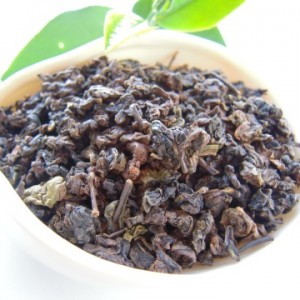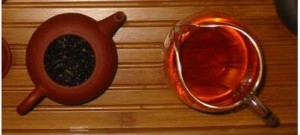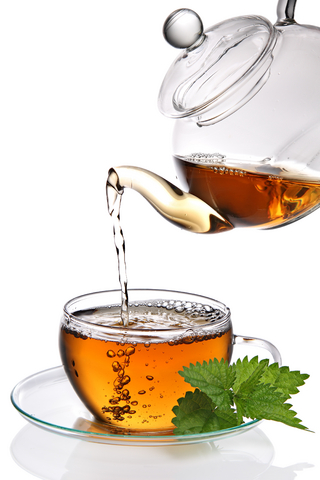I know I have.
 How do you “nitrodize” (made up word, please note) rather than oxidize tea leaves. After a little research I finally discovered just how it’s done.
How do you “nitrodize” (made up word, please note) rather than oxidize tea leaves. After a little research I finally discovered just how it’s done.
As mentioned in a previous article on GABA tea, it was discovered more than 20 years ago when Japanese scientists were experimenting with ways to better preserve food–presumably with the use of nitrogen. Surprisingly, when tea leaves were exposed to nitrogen, GABA levels rose enormously.
I will not reiterate the amazing benefits of GABA here, as I have already done so in previous articles. Let’s just say it’s REALLY good for you, it occurs naturally in the human body and has great anti-stress properties. It also lowers blood pressure and improves the clarity of your mental processes. It is also becoming the beverage of choice the morning after as a Hangover cure and support to hangover recovery.
Buy Organic GABA Oolong tea Online here
Here’s How It’s Made
The tea leaves are harvested normally. The GABA tea we sell is made from Alishan Jinxuan Oolong tea. I have read that it can also be made from green tea and presumably from any type of tea–which will, no doubt, slightly alter the taste of the tea. I have not yet experimented with GABA made from different types of tea, but I presume the type of tea used would affect the actual taste of the tea as each tea has subtle (or sometimes not so subtle) flavour and aroma differences. Most sources agree that using higher grade tea is best as there are naturally higher levels of glutamic acid–the base ingredient that GABA is formed from–in better quality tea.
Also, tea grown at higher elevations benefits from warm days and cool nights — again something that is supposed to enhance natural glutamic acid levels in tea leaves.
The tea is shaded prior to being picked, which apparently increases glutamic acid levels even further. Once the leaves are picked they are placed in vacuumed drums, all oxygen is removed and is replaced with nitrogen. The length of time the leaves are exposed to nitrogen is a fairly well kept secret–though probably somewhere around 8 hours or so. After that, the tea is processed as normal.
 GABA tea is enjoying quite a bit of popularity now. Some of the best GABA teas, in my opinion, are made in Taiwan where the Taiwanese produce it for export to Japan. In order to qualify as genuine GABA tea by Japanese standards the GABA levels must be measurable at 150mg of GABA per 100ml of tea. Most of the GABA tea exported to Japan from Taiwan exceeds these levels, with the average being closer to 240ml per 100ml of tea.
GABA tea is enjoying quite a bit of popularity now. Some of the best GABA teas, in my opinion, are made in Taiwan where the Taiwanese produce it for export to Japan. In order to qualify as genuine GABA tea by Japanese standards the GABA levels must be measurable at 150mg of GABA per 100ml of tea. Most of the GABA tea exported to Japan from Taiwan exceeds these levels, with the average being closer to 240ml per 100ml of tea.
As mentioned above, our GABA tea is made from Jinxuan Oolong tea–naturally grown at a fairly high altitude. It is all organically grown and hand picked. You can purchase it in either 50 gm or 100 gm packs. To brew, use around one teaspoon per 250ml teapot and steep for three minutes or according to taste. You can use the leaves for re-steeping at least three more times. If you prefer a darker tea, similar to a black tea, you may want to steep for a little longer.
For US and Canada regions we now sell our Organic GABA Oolong on our Zi Chun Tea Online Shop and also on Amazon.


 I hope your journey into the fascinating world of tea is as rewarding for you as it has been for me. I have lived in Asian countries for almost thirty years-spending twenty five in Thailand, and almost five years in Taiwan. I recently relocated to Australia, where I hope to continue to promote and sell Chinese and herbal teas.
I hope your journey into the fascinating world of tea is as rewarding for you as it has been for me. I have lived in Asian countries for almost thirty years-spending twenty five in Thailand, and almost five years in Taiwan. I recently relocated to Australia, where I hope to continue to promote and sell Chinese and herbal teas.